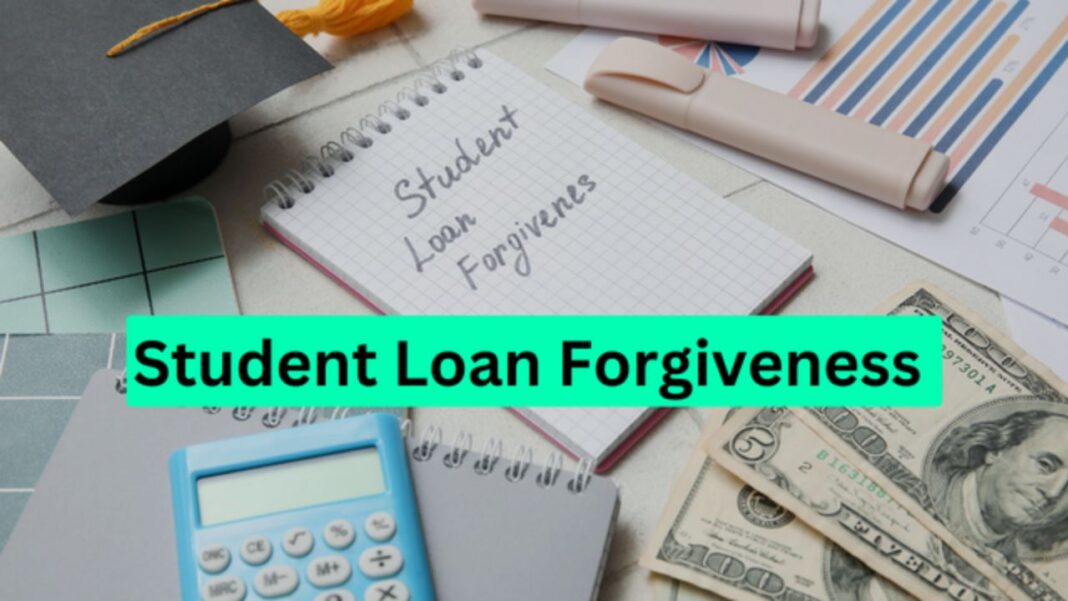Student Loan Forgiveness Deadline: Ever since the White House released its new debt relief proposal last month, there has been a lot of talk regarding the forgiveness of federal student loans. However, there’s a crucial deadline that debtors should be aware of to fully benefit from loan forgiveness programs.
You have until April 30 to combine any federal student loans you may have into a single new loan. FFELP, Perkins, and other non-direct loans can be converted into direct loans with higher benefits for debt relief through consolidation. Additionally, it can combine several loans with various payback schedules into a single monthly payment with a single deadline.
According to Mark Kantrowitz, a financial assistance specialist and member of the CNET Expert Review Board, consolidating your debt may be beneficial even if you currently have Direct Loans.
Student Loan Consolidation: All you need to know!
Will my interest rate increase if I consolidate my student loans?
In most situations, you won’t have to worry about your new consolidated rate rising if your federal student loans now have low interest rates.
Based on a weighted average of the loans you consolidate, your new Direct Consolidation Loan’s interest rate will be rounded to the next 1/8th of 1%, according to Federal Student Aid, the official student loan website of the Department of Education.
However, there is one exception. If you consolidate and have an FFELP loan, you may forfeit some advantages. According to Kantrowitz, “the primary problem is borrowers who received a significant interest rate reduction from the FFELP lender.” “The lender is offering these discounts; they will be lost if you consolidate your loans.”
You can choose to preserve your present discount by excluding your FFELP loans from the consolidation; you are not required to consolidate all of your loans. To determine whether consolidation is the best option for you, you must consider your eligibility for loan forgiveness as well as how it can impact your monthly payment for student loans.
Eligibility
Consolidating your federal student loans can minimize your monthly payment and increase your potential debt relief for a lot of students. It can be especially helpful if you currently have federal student loans that are not Direct Loans. If any of your federal student loans have variable interest rates, consolidating can also help you lock in a fixed rate.
The most recent student loan forgiveness program takes into account the date of your first loan payment. By combining your loans, you may make sure that your previous loan payment dates are applied to your new Direct Loan credit.
Assume for the moment that in 2004 you received your college degree and made your first payment on a federal student loan. You later returned to school in 2010 to begin repaying those loans after earning a second degree.
You may be able to have your 2004 debts forgiven this year if you are eligible for an income-driven repayment plan with a 20-year forgiveness route. However, you may be able to eliminate your entire sum this year by combining your more recent loans with your older ones into a single new Direct Loan.
Consolidating your federal debt and signing up for an IDR will help you qualify for forgiveness sooner, even if you graduated more recently. Consolidating your student loans can also be advantageous if you only have one and it’s not a direct loan.
However, if you are ineligible for debt relief, there may be no reason to proceed with this stage. Kantrowitz stated, “You don’t need to do it if you are not currently pursuing any kind of forgiveness (e.g., not even IDR forgiveness) and expect to never pursue forgiveness.
PSLF Program Deadline 2024: Apply Now to Get Your Student Loans Cancelled
How to consolidate your student loans
At StudentAid.gov, you can consolidate your federal student loans online. Your application must arrive by midnight local time on April 30 in order to meet the deadline. After this period, consolidation is still possible, although some advantages would be lost.
Your Federal Student Aid ID, certain personal information, financial information, and loan information are required to complete the application. According to the FSA website, completing the application for loan consolidation takes about thirty minutes.
The application is available at studentaid.gov/loan-consolidation for completion right now.
According to Kantrowitz, the processing of your consolidation may take up to 60 days after you apply. You may notice a zero on your student loan payment count in the interim. If this occurs, don’t freak out. It just indicates that work is being done on your adjustment count.
Student Loan Forgiveness Deadline: What if you miss the date?
You can still receive credit for previous direct loan payments made even if you combine your debt after the April 30 deadline. You may, however, not receive as much credit. Rather, a weighted average would be used to determine how many payments you made.



